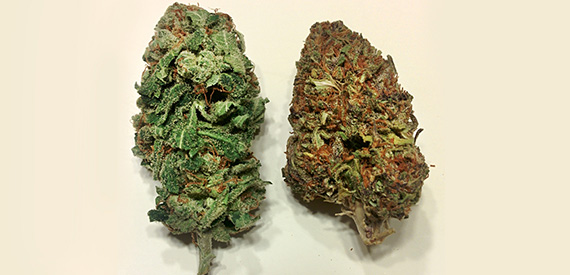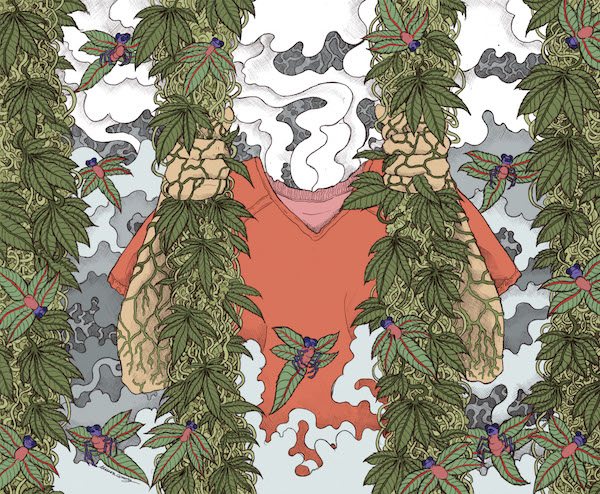Different strains of marijuana are most commonly known for the effects it has on the body. The two most common strains are indica and sativa. Indica has more of a relaxing effect on your body, often putting you to sleep or providing relief to the muscles. Sativa has the opposite effect, initiating the mind and producing spurts of creativity and/or productivity.
Cannabis consumers who purchase marijuana either recreationally or medically, often choose their marijuana based on one of these strains, or a hybrid form.
But what if what you are purchasing isn’t what you think you’re getting?
A recent 2015 study shows that marijuana strains, such as indica and sativa, are frequently mislabeled. The editor states, “We find a moderate correlation between the genetic structure of marijuana strains and their reported C. sativa and C. indica ancestry and show that marijuana strain names often do not reflect a meaningful genetic identity.”
According to the study, the classification of cannabis has proven difficult over the past 6000 years. Factors to determine the correct type of strain include culture, cultivation, and artificial selection by humans. Unfortunately, marijuana types “lack an organized horticultural registration system and are referred to as strains,” meaning has been no thorough investigation of the structuring of cannabis through high-throughput genotyping methods. We, unfortunately, lack the ability to 100% correctly determine an exact type of strain.
Different types of strains originate from various countries within the lineage of many marijuana plants. The differentiations between the two strains include the physical outer appearance. Sativa plants are tall with narrow leaves, while indica plants are short with wide leaves. However, due to cross-cultivation in grows, the line becomes hazy in fully determining which is which. The study states that “C. sativa and C. indica may represent distinguishable pools of genetic diversity, but that breeding has resulted in considerable admixture between the two.”
This study proves to be extremely significant in regards to how a consumer can trust that what they are purchasing is really what they need.
For example, if a patient with chronic headaches needed an indica strain to relax her body, not her mind, she would not only be disappointed but would most likely experience pain if given a sativa strain that was mislabeled as indica. Another example would be a recreational user wanting to buy sativa for physical activates, such as climbing, so they can better analyze their route up the face of a mountain. He would find himself in a dangerous situation if he were given an indica strain that is misrepresented as sativa. Though there are strains that have been mislabeled, it is still important to note that whichever strain you receive, it will either partially or completely effect the areas of pain in which you may be experiencing. Personal research and Q&A’s with your budtender or Cannabis Physician could also relieve some of your worries.











